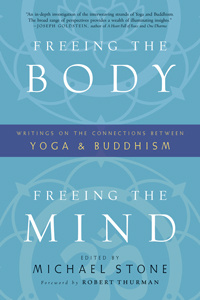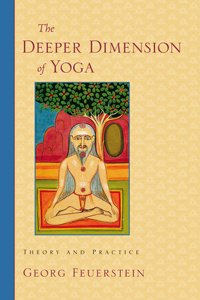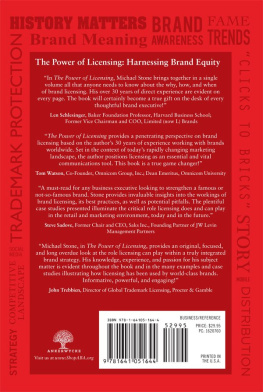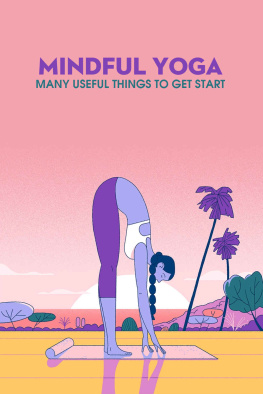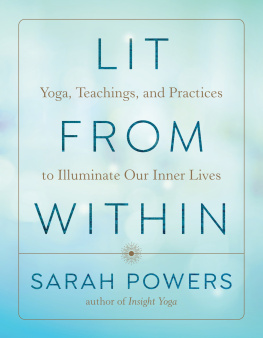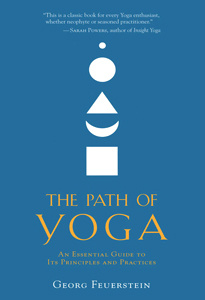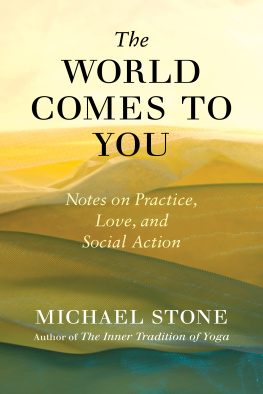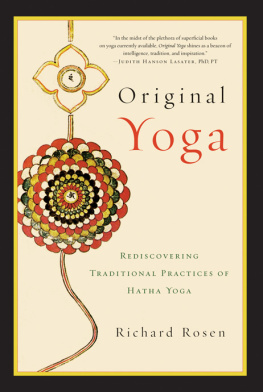Just as yoga postures open the body, these essays awaken the mind, revealing, in elegant and lyrical prose, our unbreakable connection to every part of this ailing world.
Naomi Klein, author of The Shock Doctrine
Michael Stones practice combines a host of disciplines and trainings, from yoga to Buddhism to psychotherapy to postmodern cultural studies. He has written a deft and lively book that has an impressive range and intelligence.
Norman Fischer, author of Taking Our Places and Sailing Home
Whether at the farmers market in New York Citys Union Square, on a snowy retreat in Northern Ontario, inside a Zen poem or yogic text, or talking about money as a spiritual practice, traveling with Stone refreshes and inspires, and like any good journey, brings us right back homein the body, in the world.
Inquiring Mind
ABOUT THE BOOK
How can we live a balanced life in unbalanced times? How can the practices of meditation and yoga support our relationships, our work lives, and the greater good? Author, teacher, and psychotherapist Michael Stone presents the essential insights of mindfulness and yoga, emphasizing the teachings of simplicity and the interdependence of all life.
Stone explains that the practices of yoga and meditation are not about escaping reality but about living fully in the here and now, opening to our experience, and gaining access to stillness within the flow of life. The essence of yoga and Buddhist practice is opening the heartour own and the heart of the world. With that awareness, Stone encourages us to get involved in our communities, to speak out when we see wrongdoing, and to find ways of helping others.
MICHAEL STONE is a teacher of yoga and Buddhist meditation (in the vipassana tradition) and a psychotherapist in private practice. He is the founder and director of the Centre of Gravity Sangha, a community of yoga and Buddhist practitioners based in Toronto, where he lives. He is also the author of The Inner Tradition of Yoga and Yoga for a World Out of Balance. For more information visit www.centreofgravity.org.
Sign up to learn more about our books and receive special offers from Shambhala Publications.

Or visit us online to sign up at shambhala.com/eshambhala.
Awake in the World
TEACHINGS FROM YOGA & BUDDHISM FOR LIVING AN ENGAGED LIFE
MICHAEL STONE

Shambhala
BOSTON & LONDON
2011
Shambhala Publications, Inc.
Horticultural Hall
300 Massachusetts Avenue
Boston, Massachusetts 02115
www.shambhala.com
2011 by Michael Stone
Cover photograph plainpicture/Harald Braun
Cover design by Kathleen Lynch/Black Kat Design
Author photograph by Andrea deKeizer
constitutes a continuation of the copyright page.
All rights reserved. No part of this book may be reproduced in any form or by any means, electronic or mechanical, including photocopying, recording, or by any information storage and retrieval system, without permission in writing from the publisher.
Library of Congress Cataloging-in-Publication Data
Stone, Michael (Michael Jason), 1974
Awake in the World: Teachings from Yoga and Buddhism for
Living an Engaged Life / Michael Stone.First Edition.
p. cm.
eISBN 978-0-8348-2749-3
ISBN 978-1-59030-814-1 (pbk.)
1. Yoga. 2. Religious lifeBuddhism. I. Title.
B132.Y6S7635 2011
181.45dc22
To Arlyn and the Centre of Gravity Sangha
May your eye go to the sun, your lifes breath to the wind.
Go to the sky or earth, as is your nature; or go to the waters if that is your fate.
Take root in the plants with all your limbs.
G VEDA
CONTENTS
IVE OFFERED diacritical marks throughout the text to help you familiarize yourself with common terms in the Yoga tradition. The following is a simple guide to pronouncing these Sanskrit terms.
There are five Sanskrit diacritic markings in the text:
A line above the letter ()
A dot above the letter ()
A dot below the letter ()
A tilde above the letter ()
An acute accent above the letter ()
VOWELS
a (short) is like the a in sofa, as in the word manas (mind).
(long) is like the a in psalm, as in sana (posture).
au is like the ou in out, as in Gautama Buddha.
i (short) is like the i in knit, as in cit (consciousness).
(long) is like the ee in meet, as in jva (soul).
u (short) is like the u in put, as in gua (quality or attribute).
(long) is like the u in rule, as in rpa (form).
CONSONANTS
c is like the ch in church and never pronounced like k in car or s in sent. An example of this is cakra or cit.
is palatal and nasal, like the ny in canyon or the ni in onion, and this is how a name such as Patajali is pronounced.
is pronounced like the ri in rivet, and is usually found in Ka.
or is like the n in uncle, as found in the words s agha or saskra.
and are pronounced as sh, though the tongue position of is palatal as in the word shock, and the tongue position of has the tip of the tongue at the roof of the mouth, as found in the English shun and the romanized Sanskrit word unyata.
Although Sanskrit words are not pluralized by adding an s the way English words are, weve used the s in such terms as sanas, in order to ease readability in English.
BETWEEN 2004 AND 2010, almost all of the talks I gave, from Copenhagen to Costa Rica to Cape Cod to California, were recorded in one form or another. Every once in a while, someone would send me something he or she had recorded or notated. In the meantime, friends and strangers have transcribed this collection of talks, which includes lectures in academic settings, formal talks on retreat, and weekly community meetings with Centre of Gravity Sagha in Toronto. I hope these words are encouraging and provoking. The Yoga tradition is primarily oral, and I hope that even though many of these talks were offered in formal settings, the spirit of community debate, shared practice, and ongoing inquiry comes vividly through these pages.
Yoga comes alive in this culture at this time only when we integrate committed practice with the kind of community-based inquiry that puts practice to work both individually and collectively. These teachings come from a nonhierarchal approach to teaching that replaces the teacher/expert at the front of the room and the student/ seeker as audience with a democratic open-source style of learning where lectures give way to open debate and group practice.
There is nothing holy or religious about Yoga theory or practice. These teachings are most alive in the gardens, alleys, and ravines where those who may not even know they are yogis are challenging the status quo both internally and externally. This is not a practice that thrives in temples or commercial studios. This is a path for those seeking freedom from the psychological and cultural entanglements of mind and body. I hope these talks will encourage you to bring your practice to a deeper level by placing it at the center of your life rather than the outskirts of your lifestyle. We are living in times of personal, social, ecological, and economic imbalance. These talks are designed to steer your Yoga practice in a direction that integrates the formal path (on the cushion, on the mat, in the meditation hall) with the everyday activities of ones day-to-day life (cooking, cleaning, communicating) in such a way that any practice dualities dissolve. In the same way that all freshwater rivers reach toward the saline oceans, your life and your Yoga practice are seamless continuities of one another. Though Yoga practices such as postures and sitting and breathing techniques sometimes feel like activities separated from daily life, this book is designed to clarify such distinctions so that your every action becomes an expression of Yoga. May this collection be of benefit to you personally as well as to the great watersheds, architecture, cities, biota, and forests that nourish us and desperately need our creative attention.
Next page
